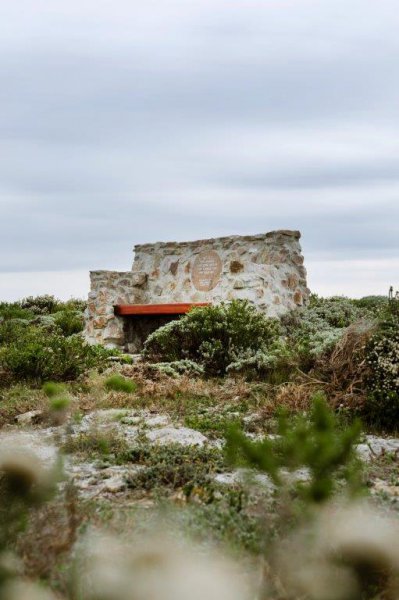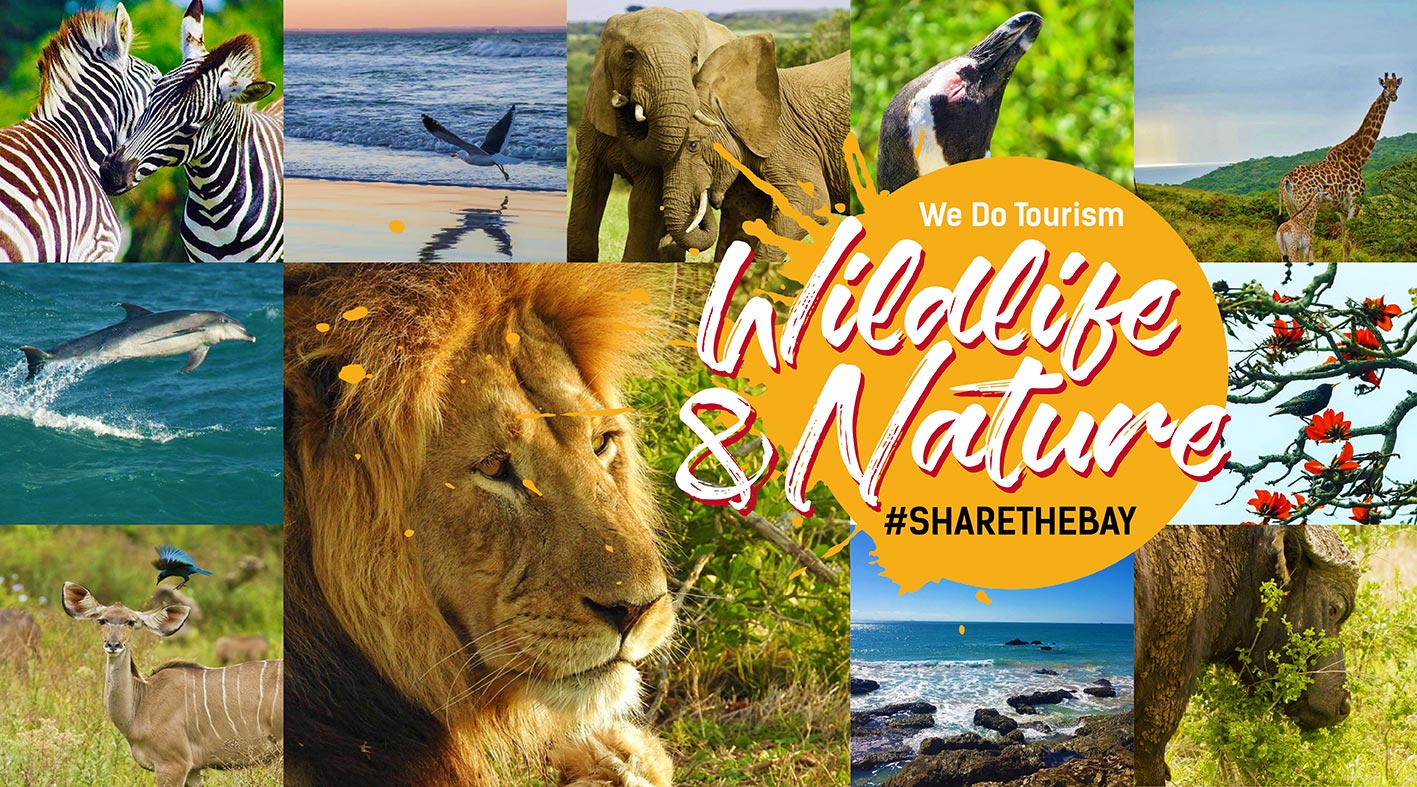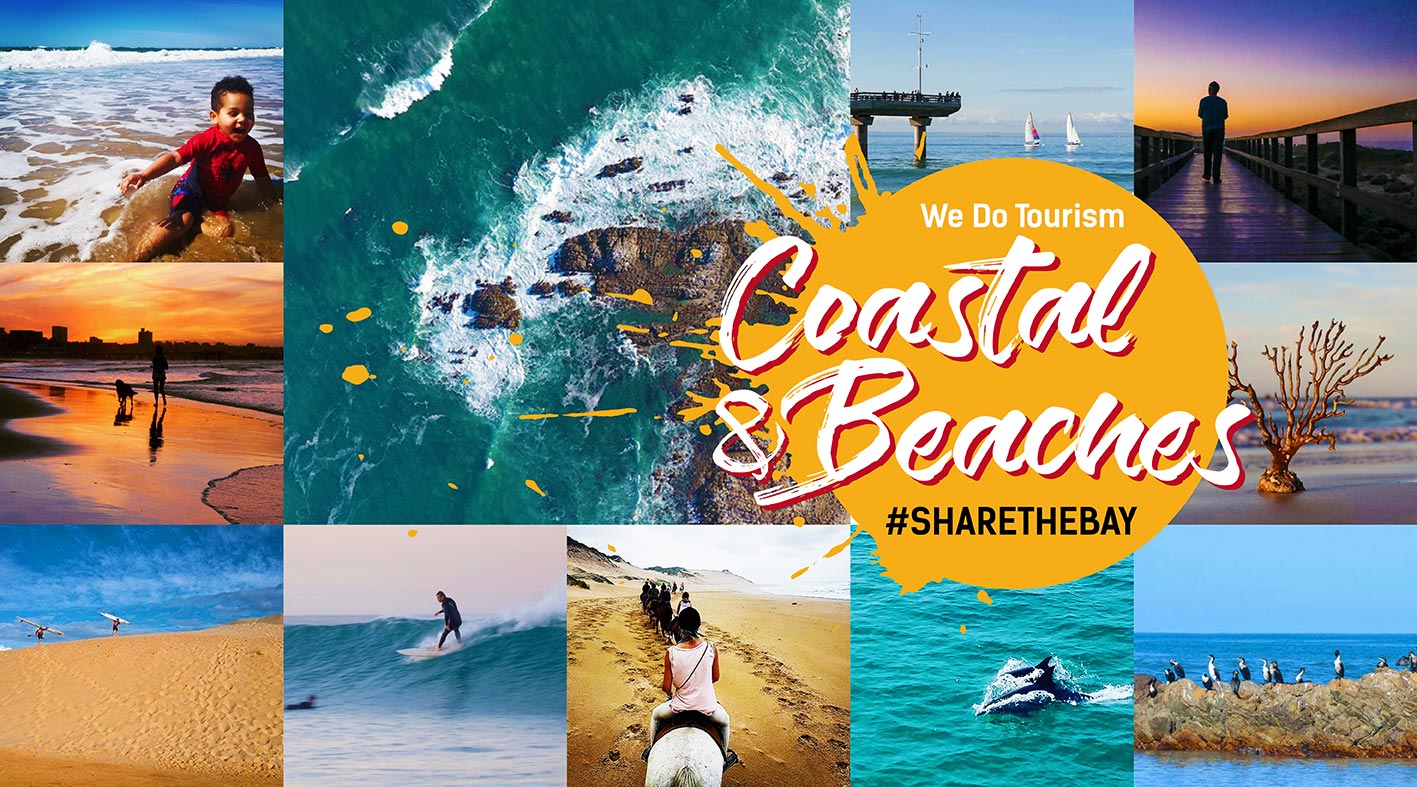Coastal Fynbos Trail
Location
Eastern Cape > Gqeberha > Schoenmakerskop
Eastern Cape > Gqeberha > Schoenmakerskop
Add to travel planner
Description

HISTORY AND LOCATION
An inland route is followed through the coastal fynbos starting and returning to Sappershoek along the top of the ridge overlooking the sea. In 1962/3, “Sappershoek” was erected to house retired servicemen.
The area forms part of the Cape Floral Kingdom and is one of the earth's six floral kingdoms, found entirely within the borders of South Africa. It is mostly located in the Western Cape, with Nelson Mandela Bay representing the south east corner of the Cape Floral Kingdom.
The fynbos biome is characterized by winter rainfall. The vegetation comprises Medium-height bushes, mostly with very small leaves, sometimes with reed-like plants called restios and taller protea bushes.
Most types of fynbos are found on sandy soils, mainly on mountains and along the coast. Fire plays an important role in fynbos, and many fynbos species rely on fires every few years in order for seeds buried in the soil to grow, and to renew the growth of old, woody plants.
The area between Schoenmakerskop and Summerstrand is known as Driftsands after the shifting by-pass sand dune system that used to cover the area. The sands were stabilised at the beginning of the 1900's. Australian wattles such as Rooikrans and Port Jackson Willow were planted as well as Eucalyptus trees in an attempt to start a commercial forest. Low rainfall (approx 600 mm per year), poor soil and strong salt-laden winds were not conducive to tree growth and the trees were never harvested commercially. This alien vegetation invaded large areas, preventing indigenous vegetation from growing. Much of the alien vegetation has now been cleared from the trail area, allowing the indigenous plants to re-establish themselves.
The underlying rock here is Table Mountain Sandstone. This supports fynbos and is found only between Port Elizabeth and Cape Town. Fynbos is the smallest, most diverse and most endangered of the world's six floral kingdoms, supporting approximately 9,000 plant species of which 6,200 are endemic. Along the trail calcrete outcrops, derived from Calcium rich marine deposits and deep dune sands, together with variations in topography and the influence of salt-laden winds and fire, have led to a mosaic of vegetation communities.
It is worth noting that after huge fires in January 1998 the area resembled a desert. The vegetation has since recovered and the area is dominated by asteraceous fynbos. In places that the fire missed the fynbos/coastal dune thicket is much taller and the fynbos is dominated by metalasia and agathosma (buchu). Orchids such as Eucormis and Sayirium are a common sight in spring. Without fire the coastal dune thicket, comprising many first species, would become more dominant.
On the trail look out for Thysbe's Copper butterfly whose range reaches its easternmost limit here. In flight it has a blue hue but at rest appears orange. Small grey and yellow mongoose may be seen as well as Cape Grysbok.
Keep a lookout to seawards for whales. Southern Right Whales are present mainly between August and early October while Humpbacks migrate along this stretch of coast between April and early December and can provide spectacular viewing.
Floral Kingdom: Each season unveils its distinct beauty, transforming it into a floral paradise. Bursting forth with vibrant and colourful blooms is the exquisite and delicate blossoms of the Disa, with the daisies and fynbos, adding a touch of magic to the landscape that is a photographer's delight.
Top Fauna:
- Opal Butterflies
- Cape Girdled Lizard
- Cape Grassbird
- Cape Grey Mongoose
- Numerous Snake Species
- Black Cocktail Ants
Top Flora:
- Grassveld Firelily
- Dune Chafflowers
- Pea & Daisy Family
- Gladiolus Species
- Orchidaceae
An inland route is followed through the coastal fynbos starting and returning to Sappershoek along the top of the ridge overlooking the sea. In 1962/3, “Sappershoek” was erected to house retired servicemen.
The area forms part of the Cape Floral Kingdom and is one of the earth's six floral kingdoms, found entirely within the borders of South Africa. It is mostly located in the Western Cape, with Nelson Mandela Bay representing the south east corner of the Cape Floral Kingdom.
The fynbos biome is characterized by winter rainfall. The vegetation comprises Medium-height bushes, mostly with very small leaves, sometimes with reed-like plants called restios and taller protea bushes.
Most types of fynbos are found on sandy soils, mainly on mountains and along the coast. Fire plays an important role in fynbos, and many fynbos species rely on fires every few years in order for seeds buried in the soil to grow, and to renew the growth of old, woody plants.
The area between Schoenmakerskop and Summerstrand is known as Driftsands after the shifting by-pass sand dune system that used to cover the area. The sands were stabilised at the beginning of the 1900's. Australian wattles such as Rooikrans and Port Jackson Willow were planted as well as Eucalyptus trees in an attempt to start a commercial forest. Low rainfall (approx 600 mm per year), poor soil and strong salt-laden winds were not conducive to tree growth and the trees were never harvested commercially. This alien vegetation invaded large areas, preventing indigenous vegetation from growing. Much of the alien vegetation has now been cleared from the trail area, allowing the indigenous plants to re-establish themselves.
The underlying rock here is Table Mountain Sandstone. This supports fynbos and is found only between Port Elizabeth and Cape Town. Fynbos is the smallest, most diverse and most endangered of the world's six floral kingdoms, supporting approximately 9,000 plant species of which 6,200 are endemic. Along the trail calcrete outcrops, derived from Calcium rich marine deposits and deep dune sands, together with variations in topography and the influence of salt-laden winds and fire, have led to a mosaic of vegetation communities.
It is worth noting that after huge fires in January 1998 the area resembled a desert. The vegetation has since recovered and the area is dominated by asteraceous fynbos. In places that the fire missed the fynbos/coastal dune thicket is much taller and the fynbos is dominated by metalasia and agathosma (buchu). Orchids such as Eucormis and Sayirium are a common sight in spring. Without fire the coastal dune thicket, comprising many first species, would become more dominant.
On the trail look out for Thysbe's Copper butterfly whose range reaches its easternmost limit here. In flight it has a blue hue but at rest appears orange. Small grey and yellow mongoose may be seen as well as Cape Grysbok.
Keep a lookout to seawards for whales. Southern Right Whales are present mainly between August and early October while Humpbacks migrate along this stretch of coast between April and early December and can provide spectacular viewing.
Floral Kingdom: Each season unveils its distinct beauty, transforming it into a floral paradise. Bursting forth with vibrant and colourful blooms is the exquisite and delicate blossoms of the Disa, with the daisies and fynbos, adding a touch of magic to the landscape that is a photographer's delight.
Top Fauna:
- Opal Butterflies
- Cape Girdled Lizard
- Cape Grassbird
- Cape Grey Mongoose
- Numerous Snake Species
- Black Cocktail Ants
Top Flora:
- Grassveld Firelily
- Dune Chafflowers
- Pea & Daisy Family
- Gladiolus Species
- Orchidaceae
COASTAL FYNBOS TRAIL: (2.8 KM)
TRAIL TYPE: CIRCULAR
DURATION: 1 HOUR
DIFFICULTY: EASY
RECOMMENDED HIKING TIMES: 08h00 – 16h30 (OR Sunset)
The Coastal Fynbos Trail takes you on a soul-renewing journey through part of the Cape Floral Kingdom, with its diverse plant life and spectacular ocean views where one can often spot dolphins and whales roaming. As you venture inland, you’ll encounter the Remnants of Driftsands and indigenous vegetation indicative of the fynbos biome.
Please remember that this is a Nature Reserve:
- All plant and animal life is protected and must not be disturbed or harmed.
- Please keep on the trail at all times.
- A minimum number of three persons is recommended as a safety precaution.
- Please do not smoke or light fires while on the trail.
- Dogs on a leash are allowed.
- No motorized vehicles allowed.
- Do not litter.
- Carry one liter of drinking water per person.
Download the Coastal Fynbos Trail Guide Map here.
NOTE: Use of the area is entirely at your own risk.
TRAIL TYPE: CIRCULAR
DURATION: 1 HOUR
DIFFICULTY: EASY
RECOMMENDED HIKING TIMES: 08h00 – 16h30 (OR Sunset)
The Coastal Fynbos Trail takes you on a soul-renewing journey through part of the Cape Floral Kingdom, with its diverse plant life and spectacular ocean views where one can often spot dolphins and whales roaming. As you venture inland, you’ll encounter the Remnants of Driftsands and indigenous vegetation indicative of the fynbos biome.
Please remember that this is a Nature Reserve:
- All plant and animal life is protected and must not be disturbed or harmed.
- Please keep on the trail at all times.
- A minimum number of three persons is recommended as a safety precaution.
- Please do not smoke or light fires while on the trail.
- Dogs on a leash are allowed.
- No motorized vehicles allowed.
- Do not litter.
- Carry one liter of drinking water per person.
Download the Coastal Fynbos Trail Guide Map here.
NOTE: Use of the area is entirely at your own risk.
MAP
Latitude : -34° 2' 28.21" S | Longitude : 25° 33' 15.94" E
Image Gallery
Services
| Day Visitors Allowed | Yes |
Experience
Things to See and Do
Adventure & Sports
Green Flag Trails
Hiking
Hiking Trails
Wildlife Walks
App Guides
Hidden Gems
Walk or Pedal
Coastal & Beaches
Hiking Trails
Whale Watching
Wildlife & Nature
Green Flag Trails
Hiking Trails
Wilderness Trails





















 Please wait!
Please wait!